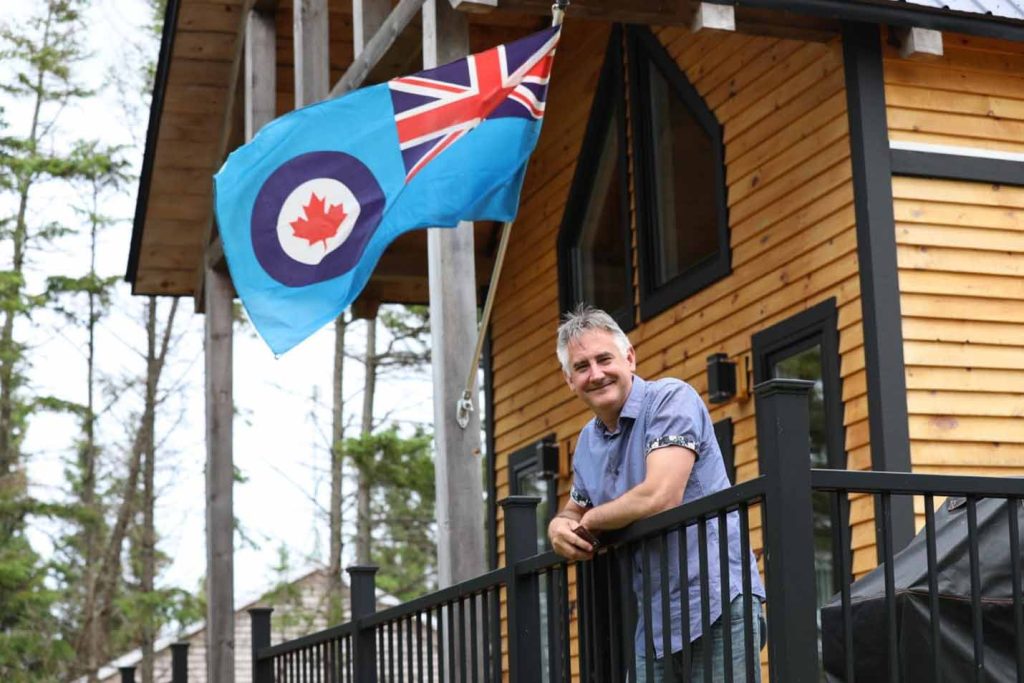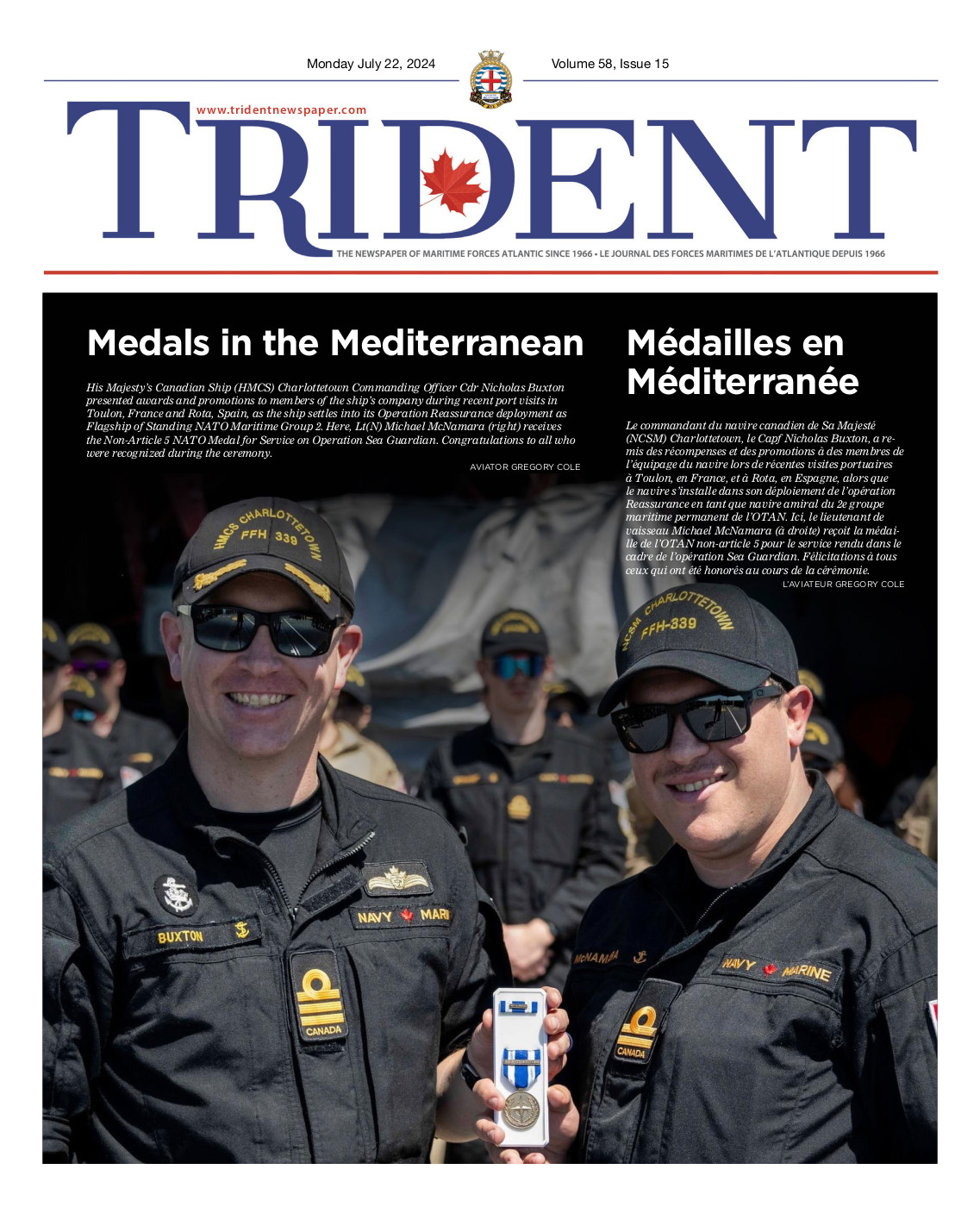
Remembering Swissair Flight 111: LCol (Ret’d) Shawn Williamson
By Veterans Affairs Canada
Lieutenant-Colonel (Ret’d) Shawn Williamson carries a red Swiss pocketknife everywhere he goes.
On the front is the word “Swissair”. On the back, “Thank you”.
It was a gift from the airline company. They gave this small token of appreciation to those who worked on the recovery effort following the crash of Swissair Flight 111.
During his service, Shawn was a Sea King flight instructor and air combat systems operator who flew thirty-two years on both Canadian coasts. He was also one of the first people to see the wreckage as the sun came up over Peggy’s Cove the morning after the airliner carrying 229 people crashed into the ocean at 10:31 p.m. on 2 September 1998.
He was based at 406 Squadron Shearwater when he got the call at midnight that there may have been a commercial airliner down. He was at the air force base by 3 a.m. and in the air by 5 a.m.
That morning, he and his four crew members smelled the crash site before they saw it – an overwhelming smell of jet fuel which the pilots had been trying to dump over the ocean in the hope of an emergency landing at Halifax International Airport. At first light, their Sea King broke through a layer of heavy mist and fog, and he got one of the first aerial glimpses of the extensive, heartbreaking debris field. “We didn’t know what we were going to see,” he remembered.
“It was astounding to see the devastation. We started searching the debris field, looking for people… It quickly became clear this was not a search and rescue mission, this was a recovery mission.”
He remembers sheets of paper – hundreds and hundreds– floating amid pieces of the aircraft, personal belongings and human remains.
Shawn and his crew used a magnetic anomaly detector to search for metal under the water. The goal was to pinpoint where the bulk of the wreckage was, but it was impossible at that point. As Williamson navigated, the pilot lowered the helicopter to a 40-foot hover and two sonar operators descended into the wreckage on a 100-foot rescue cable. When they lifted their crew back into the helicopter, they were soaked in jet fuel and had picked up one of the aircraft’s wheels and a few seats.
“We called into operations. We said we have aircraft parts and DNA and human remains on board,” he said. On board, Williamson and crew kept talking to each other to make sure everyone was doing OK. “This circumstance and the awareness of how extensive the crash was, the devastation, the loss of life, it would have been easy to start to tilt through the flight,” he remembered.
They landed in a hub of activity at Shearwater and were instructed to put what they had found in clear plastic bags in a refrigerated truck. Through the night, local fishers and crews on military ships had been delivering remains. “The refrigerator truck was already full,” he said.
Over the next eight weeks, 228 sets of DNA were positively identified through known features recognition, dental records and DNA verification. There was one set of identical twins onboard, explaining why only 228 of the 229 victims were positively identified through DNA.
Critical incident stress personnel were at Shearwater that first morning, offering support to everyone involved in the extremely difficult recovery and identification process. “They arrived immediately and everybody that was involved in Operation Persistence was given opportunities for support,” Williamson said.
“It did seem surreal to be involved in such a horrific crash and imagining what had taken place – and the fact that there wouldn’t be any survivors… You never really get used to those kinds of things. Nothing really prepares you for that kind of a mission. That’s something that none of us will ever forget.”





